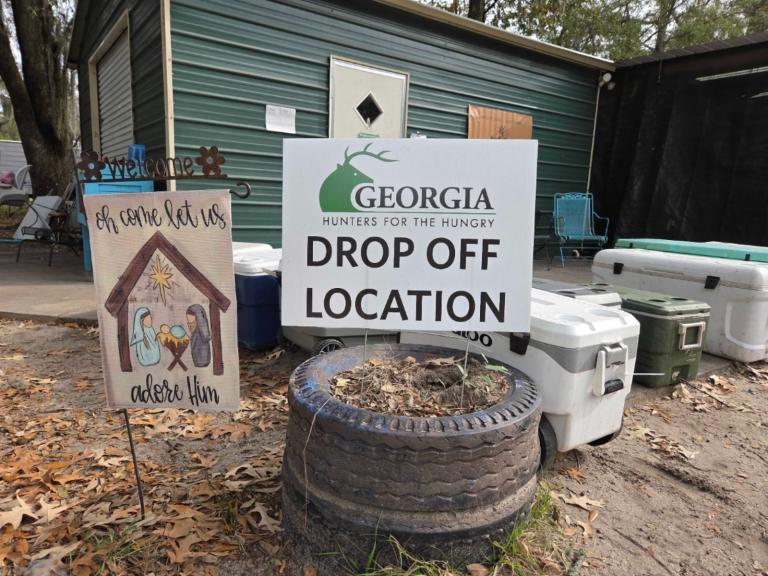For a while, I’ve been wishing I had time to write a feature on cellulosic ethanol, the allegedly "green" biofuel that’s been "five years away" from commercial viability for about, oh, two decades.
Government mandates — backed by a plethora of tax breaks, grants, and other goodies — require production of 16 billions of the stuff by 2022. Today’s production, rounding off, amounts to about zero.
Every once in a while, I catch hints of official skepticism poking through a veneer of mindless optimism regarding cellulosic ethanol. In January, Colin Peterson — chair of the House Ag Committee and a nearly tireless champion of Big Ag interests — averred that cellulosic could well never "get off the ground." Earlier, analysts from the USDA — which has been plowing cash into cellulosic for decades — expressed similar concerns.
Since then, save for occasional news of some techno breakthrough that never seems to bring commercial viability any closer than five years away, things have been pretty quiet on the cellulosic front.
Until this week, that is. Associated Press has come out with an article on why the government’s mandates look increasingly unattainable.
The article opens by pointing to a few obvious problems with the cellulosic mandates:
No commercial-scale refineries exist, researchers have yet to agree on the best technology for fuel conversion and there is no distribution network to handle fuel once it is made.
The article claims that an "estimated 200-plus large-scale facilities are needed" to crank out enough volume to meet the mandates. No mention of converting existing conventional ethanol plants — a prospect that the industry has held out for years.
It points out another obvious problem with cellulosic ethanol: cellulose tends to be bulky and not very dense. Shipping it from field to refinery will require much more truck or train capacity than, say, moving corn from silo to ethanol plant.
Moreover, unlike corn, "Some of the material, such as switchgrass, deteriorates more quickly."
The most hopeful bit in the article focuses on a new facility owned by ethanol giant Poet, specially designed to churn out both conventional and cellulosic ethanol. The company says the facility will initially make conventional corn ethanol, but hopes one day it can also utilize cellulose from corn plants: stalks, cobs, etc. Poet official told AP that:
We can use the same farmers, the same fields, the same infrastructure to get cellulose to the plants … We don’t have to reinvent the wheel.
That’s awesome, except for one thing — by turning so-called "crop waste" into car fuel, you’re robbing soil of vital organic matter. I fear for the soils of the Midwest if cellulosic ethanol ends up sucking up all the corn stover, which currently rots in fields and slows erosion.
I see two immediate fundamental problems with cellulose as an ethanol source: 1) There just isn’t a whole lot of energy in stuff like grass and corn stalks, and concentrating what energy is there requires lots of energy; and 2) most cellulose is extremely bulky and not very dense; transporting it from field to refinery will be an inefficient, energy-intensive process.
Researchers, many on them funded with government cash, have been working diligently for years to solve the first problem. No one seems to be thinking much about the second one — beyond the dodgy idea of using existing corn infrastructure to grab corn husks and whatnot.
Then there’s another, more fundamental problem. Even cellulosic ethanol requires feedstocks that have been grown in soil. Growing one thing means not growing another. Cellulosic ethanol could well end up leading to expanded monocultures and less agro-biodiversity — and more deforestation and clearing of carbon sinks and wildlife habitat.
Or, if they never sort out the first problem I mentioned above, it could never happen at commercial scale at all. That, along with a concerted effort to rebuild local food systems, re-solarize agriculture, and reinvest in dense cities and public transportation, might just be the best-case scenario.
Shame that the government is dumping billions of dollars per year into ethanol when so much else needs to be done.


